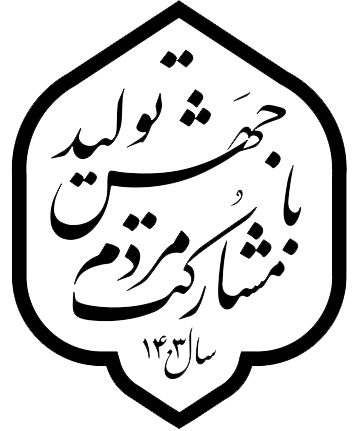Over 7.5 million Hyrcanian saplings set to be planted in Mazandaran

Over 7.5 million Hyrcanian saplings set to be planted in
Mazandaran
Over 7,500,000 saplings endemic to Hyrcanian forests will be
prepared and planted in the northern Mazandaran Province, the director of the
Natural Resources and Watershed Management Department in the province said.
“Some 7,600,000 saplings have been
produced in Sari and will be planted across its forests in the second half of
the Iranian calendar year (March 21-August 22),” Seyed Ali Alavi said on
Sunday.
He added that the saplings will be planted as part of the
country’s major plan to produce and plant one billion saplings across the country
over the course of four years.
“We are currently working to launch
more plant nurseries across the province for coming years,” Alavi said.
Trees are among the most important species on the planet due
to offering over 30 useful services to the ecosystem, such as oxygen
production, wildlife species protection, soil and groundwater resources
preservation, and most importantly reducing air pollution by absorbing the
particulate matter.
Each tree produces 2 kilograms of oxygen annually, so one
hectare of trees can produce 2,500 to 3,000 oxygen which helps 10 people to
breathe oxygen, while they can reduce the area’s temperature by 11 degrees.
As forests play a significant role in the carbon cycle, when
are cut down, not only does carbon absorption cease, but also the carbon stored
in the trees is released into the atmosphere as CO2 if the wood is burned or
even if it is left to rot after the deforestation process.
According to climateandweather.net, forests store up to 100
times more carbon than agricultural fields of the same area, it is estimated
that more than 1.5 billion tons of carbon dioxide are released to the
atmosphere due to deforestation, mainly the cutting and burning of forests,
every year.
Over 30 million acres of forests and woodlands are lost
every year due to deforestation.
Despite all these advantages, the trees can bring us, they
are taken for granted even in Iran as 2 million hectares of northern forests
have been depleted in the past 30 years.
In the Zagros Mountains Forest steppe (located in the
country's western border), 30 percent of its 6 million hectares (3.5 percent of
Iran) is wiped out, and 18 million oak trees died of pest and diseases.
During the past five years, 4 to 5 million trees in northern
forests have died.
Each 50-year-old tree is worth $200,000 for its ecological
value, while we easily cut down trees aging 100 over above due to road
construction or mining activities.
Iran is ranked 17th among countries around the world
regarding its wide land area, which constitutes 1.2 percent of the whole
world’s land area.





